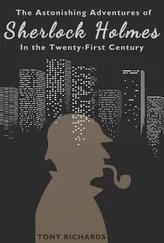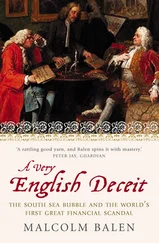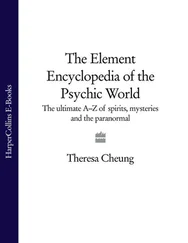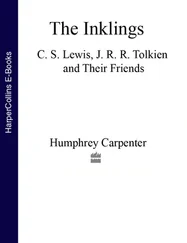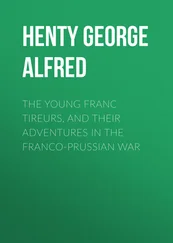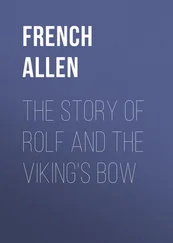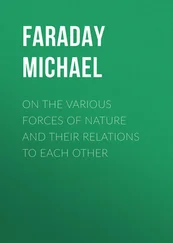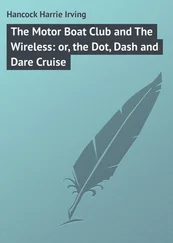I had read about British pop stars like Tommy Steele, Lonnie Donegan and The Shadows, but only heard snippets of their music; British Pop of the late ’50s and early ’60s was even blander than ours. After the Beatles told America that they wanted to hold our hand I intuitively knew that something was happening to me. My mind and body were responding to this first real wave of great British pop. Liverpool, London and Manchester were more important to me than the city of my birth. It seemed like nothing was happening in New York City while everything was happening over in England. By mid ’65 there was first The Lovin’ Spoonful, and then The Young Rascals, but as talented as they were they lacked that British mystique. No matter how hard we tried in New York, somehow the Brits always did it better; they seemed to possess ‘the knowledge’. Some inner voice was telling me that I needed to get myself over there to see how it was done, I needed to learn the arcane studio secrets that only the British knew.
In the months prior to my flight to London my life had taken such a strange turn. For about a year my wife, Siegrid, and I had been taking weekly acid trips. We were freethinking hippies that espoused the teachings of pop culture gurus—Tim Leary and Richard Alpert (now Ram Das). Our acid wasn’t bathtub street acid; it came directly from Sandoz, the drug manufacturer based in Switzerland, and at this time it wasn’t technically illegal. I don’t remember exactly how this came into our hands, but we were in possession of a jar labelled D-Lysergic Acid-25, with Sandoz printed in bold letters above that; we kept it in our refrigerator. While there was no recommended dosage on the label we managed to apportion out an entire year’s worth of trips from this bottle, about fifty each. One drop in a glass of orange juice (or placed on the tongue) was all it took to have a twelve-hour excursion into the psychedelic unknown. We stuck close to the advice of Leary and Alpert who had deduced that a trip had a shape very similar to the description of the Bardo, the after-death experience described in The Tibetan Book of The Dead .
After a year seeking enlightenment through chemistry, Siegrid and I hit a psychic barrier. For the uninitiated an acid trip is in a league of its own, it’s not a social drug or an addictive drug. There is an enzyme in our brain called serotonin. This keeps your sensory sections discreet. Acid is a catalyst that dilutes the serotonin, making all the sections of the brain merge together. LSD doesn’t create the experience, your brain does. This is why trippers used to say that they could ‘hear’ colours and ‘see’ music. Insight and confusion fluctuate rapidly on acid. Everything seems so awesome, so beautiful; it’s incredible (Man!). But there’s a dark downside. Sometimes a feeling of sheer terror came over me when I listened to what normally seemed harmless songs. I sometimes heard nefarious messages in the lyrics that conjured Bosch-like images of hell. I became very aware that certain types of music were not for my listening pleasure while on an acid trip. As acid became more widespread it was not surprising that a darker acid cult evolved—who hasn’t heard of Charles Manson?
Siegrid and I decided that we could no longer keep taking this particular path to enlightenment; it was too unpredictable, too dangerous. One of our favourite acid activities would be to read the great religious books of the ages, and not only the then-popular Eastern variety—the Bhagavad Gita , the Upanishads , and the Tibetan Book of The Dead . We also read aloud both testaments of the Bible—from cover to cover. Reading them was one thing, getting to understand them was quite another. What we really needed was a teacher. An artist friend of ours, Barbara Nessim, commissioned a spiritualist to make ‘soul charts’ for our birthdays, which were exactly one month apart. These were beautiful abstract compositions drawn with pastel chalks on coloured felt, in which the background colour of the felt was supposed to represent our essence. Red was earthy and passionate, blue was spiritual, and so on. These representations of where we were at spiritually almost needed no explanation, we immediately recognized our inner selves in those drawings. What was amazing to us was the fact that they had been done without the artist ever meeting us. It was her clairvoyance that enabled her to produce these first charts, and when we eventually met the artist she explained the symbolism in her drawings. We knew at once that Ellen Resch was the teacher we had been searching for. We never dropped acid again.
We began studying with Ellen, allowing her to take us through guided meditations. As part of her small group of followers we would try to make direct contact with our spiritual guides, mine was Rama. We were told to test our guides and ask them for evidence that they were there. I swear that on the rainiest, most blustery bleak nights in New York, every time I asked Rama for a cab one would turn the corner in seconds. Ellen would also give us direct messages from our guides whom only she could hear clearly. I remember so well the warmth of that group, which included others of our own age as well as people up to forty years older, all sharing this wonderful psychic experience together. Ellen, a short, dark, German woman, took on an aura of another person during these sessions: that of a solemn Indian guru from ancient times. Reincarnation was, of course, a strong tenet of our group. Siegrid and I were told that we were once brother and sister, temple dancers, in ancient India.
One day I told Ellen that it was my dream to go to London to work in the music industry there. Ellen predicted that I would, very soon, meet an Englishman who would change my life. As far as I was concerned if she could teach me how to get cabs to come by positive thought there was no reason why the Englishman wouldn’t. Two weeks later Ellen’s prediction came true.
I was working at The Richmond Organization (TRO) as a signed songwriter and was in the early stages of becoming a record producer. One day I was standing by the water cooler in Richmond’s offices when a tall, striking, grey-haired man walked up and poured himself some water. He certainly didn’t look like an American; he dressed differently—he looked like an outsider’s concept of a hippie. I introduced myself and he replied in a most beautiful accented voice, ‘Hello, I’m Denny.’
Bingo, an Englishman! He asked me what I did there and I told him I was the ‘house’ record producer. His face beamed as he exclaimed, ‘Ah, my American cousin.’ This was my introduction to Denny Cordell.
‘I’m a producer too. I’m working with Georgie Fame, and I’ve produced The Moody Blues and The Move,’ said Denny.
I was already a fan of Georgie Fame, and knew of The Moody Blues from their top ten US hit with ‘Go Now’, but I hadn’t heard of the Move. I was instantly captivated by that accent, so quintessentially posh English (not the monotone Scouse of the Beatles), his grey curls, the regal eyes. I later learned that he was in fact Denny Cordell-Laverack and had been born in Buenos Aires in 1944, but educated at a British public school. Nevertheless to this boy from Brooklyn he was like King Arthur. This man was a class act.
I’m not sure if Denny knew he had an ‘American cousin’, but Howard Richmond had certainly never told me that I had a ‘British one’. Denny talked about his work in London; he was in a far more advanced stage of his career than I was.
‘I’ve got something with me that you might like to hear,’ said Denny.
I took him into an empty office and from his briefcase he pulled out an acetate that he placed on the turntable. As he lowered the tone arm onto the grooves I had no idea what to expect. Instantly I was hit by the sound of a haunting organ played over a steady medium-slow rock beat. It was a sad, almost gothic composition, worthy of Bach, and I had heard it before. It was a variation of ‘Air On a G String’ (I had paid attention during music appreciation classes in high school). At first I was under the impression that this was an instrumental as the intro was so long. After almost thirty seconds my illusions were shattered when a voice, which I took to be a black soul singer—but was really Gary Brooker—began singing those surreal, but now immortal, lyrics: ‘We skipped the light fandango, turned cartwheels ’cross the floor.’ What the hell did that mean? Who cares? These disparate elements blended so incredibly well together.
Читать дальше

